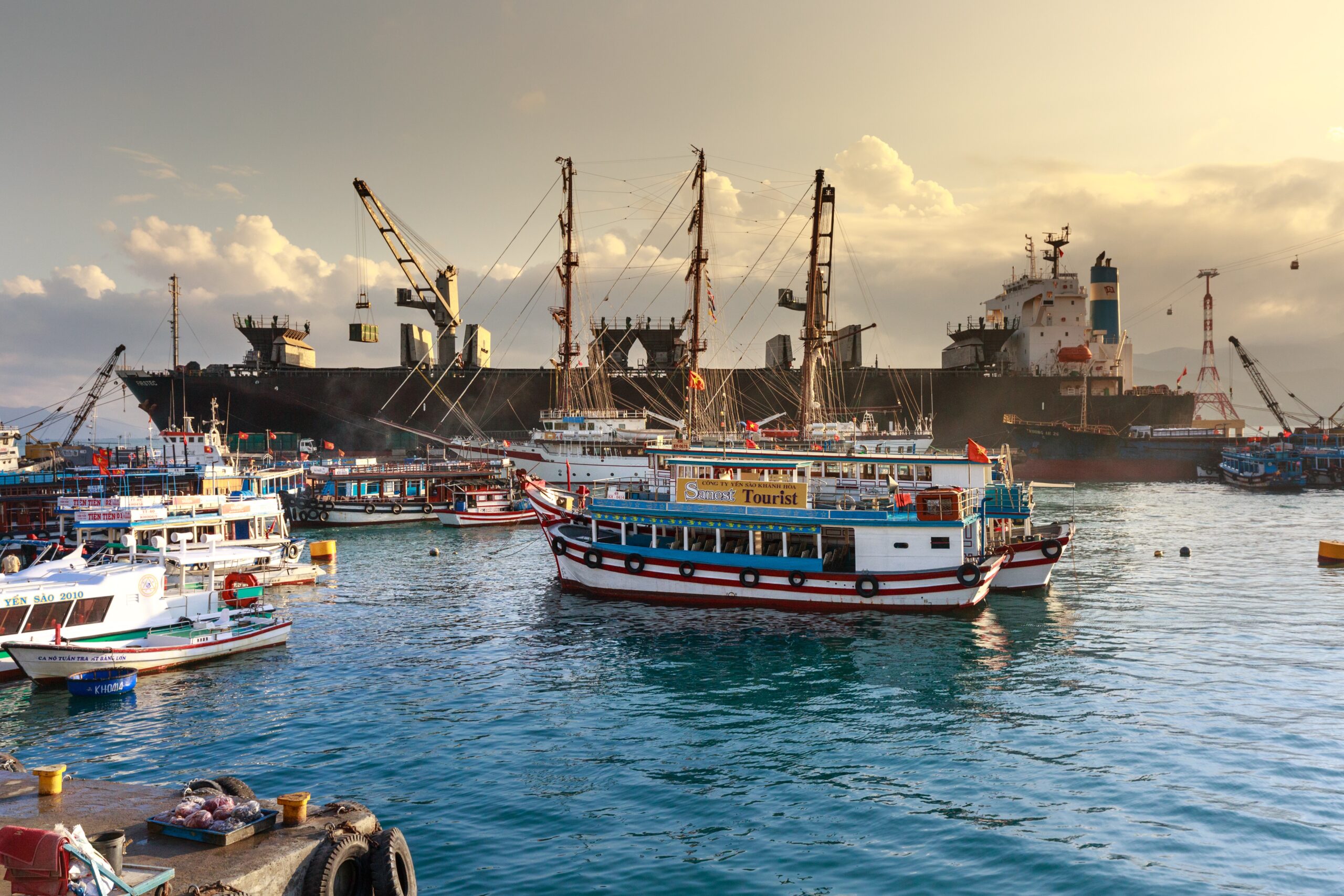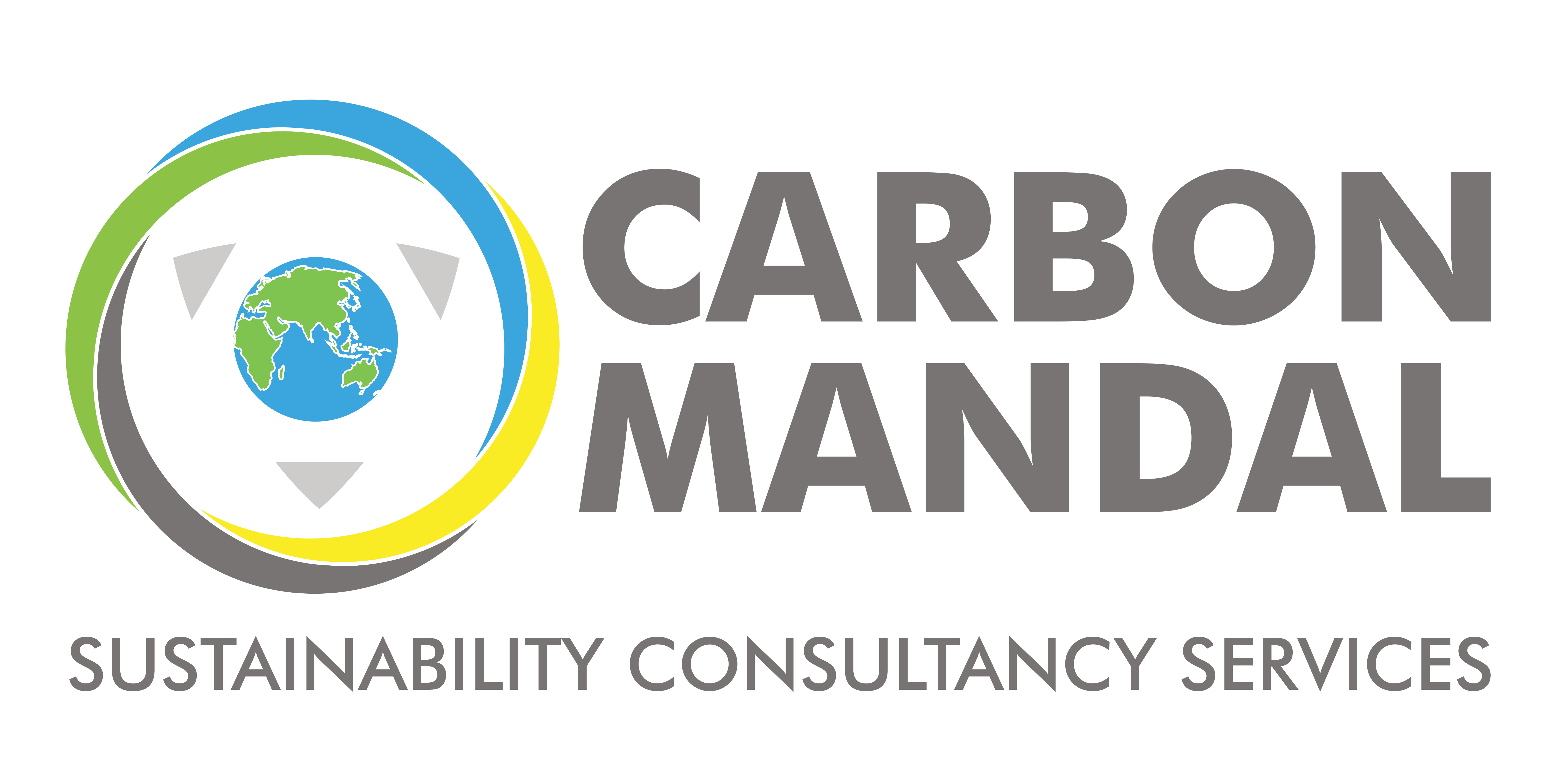EU’s Carbon Border Adjustment Mechanism could spell worry for India’s export industries
EU’s Mission to Reduce Carbon Emission: ‘Fit for 55 in 2030 package’
According to IPCC’s sixth assessment report, with the current flow of production and consumption, global GHG emissions in 2030 make it likely that warming will exceed 1.5°C during the 21st century and make it harder to limit warming below 2°C. [1] As a result, carbon reduction pathways have increasingly become the need of the hour. Carbon pricing is one such pathway that curbs greenhouse gas emissions by placing a fee on emitting and/or offering an incentive for emitting less and is the EU’s primary mechanism for incentivizing industry to decarbonize.
Carbon Border Adjustment Mechanism or CBAM is part of the “Fit for 55 in 2030 package”, the EU’s plan to reduce greenhouse gas emissions by at least 55% by 2030 compared to 1990 levels, in line with the European Climate Law. Through CBAM, the EU aims to curb emissions by levying a carbon tax/tariff on its imports. This in turn will affect all countries exporting goods to the EU as exported goods would be imposed a carbon tax. [2]
Demystifying CBAM: Understanding the Carbon Border Adjustment Mechanism
The Carbon Border Adjustment Mechanism (CBAM) is a critical initiative aimed at equalizing carbon pricing for products within the European Union (EU) and imported goods and is scheduled to launch its transitional phase on October 1, 2023, with the initial reporting deadline set for January 31, 2024. During this phase, importers will be obliged only to report their emissions; actual border taxation will begin in 2026. [3]
This transitional phase serves as a learning period for stakeholders, including importers, producers, and authorities, to gather valuable data on embedded emissions. The collected information will be used to refine the methodology for the definitive CBAM system.
During this initial phase, importers are required to report greenhouse gas emissions (GHG) embedded in their imports, both direct and indirect, without making any financial payments or adjustments. Importers will have the option of reporting through three methods in the first year: (a) following the new EU methodology, (b) using equivalent third-country national systems, or (c) relying on reference values. However, starting from January 1, 2025, only the EU methodology will be accepted. [3]
Several countries, such as Canada and Japan, are considering similar initiatives, underlining the global importance of addressing carbon emissions through mechanisms like CBAM.
The new tax is intended to discourage carbon-intensive operations while encouraging industries to have their processes go “green” as much as possible. To avoid “carbon leakage,” the tax would mimic the EU’s carbon market pricing. This refers to when the EU’s emission-cutting efforts are offset by rising emissions outside the union due to manufacturing relocation to non-EU nations with less ambitious climate regulations or offset by increased imports of carbon-intensive products. This mechanism encourages trading partners to decarbonize their industries. [2]
Unpacking the Impact: How Carbon Border Adjustment Mechanism Affects Exports?

The Carbon Border Adjustment Mechanism (CBAM) targets carbon-intensive imports like cement, steel, aluminium, and more, initially covering over 50% of emissions in EU Emissions Trading System sectors. Exporters to the EU, such as steel and aluminium companies, must measure their production’s carbon intensity. Similar to the EU’s Emissions Trading System (ETS), which places a limit on the right to emit certain pollutants but allows firms to trade emissions rights, CBAM will be based on certificates. Companies that import goods into the EU will be required to purchase certificates that represent the amount of emissions generated during the production of these goods. The commission will calculate the price of these certificates, which will mirror the ETS to comply with World Trade Organization (WTO) rules. [4]
This initiative signifies a significant global step in climate mitigation efforts, potentially expanding to other sectors and countries, impacting various industries and exporters, including those from India.
Upon the permanent system’s implementation on January 1, 2026, importers must annually declare the quantity of goods imported into the EU in the previous year and their associated GHG emissions. They will then surrender CBAM certificates, with the certificate price determined by the weekly average auction price of EU Emissions Trading System allowances. [3]
Of a total of USD 74836.52 million, the iron and steel sector account for about USD 4109.08 million (5.49%) and aluminium for about USD 2245.25 million (3%) in terms of India’s export to the EU in FY2022-23. [5] Other major sectors including cement, fertilizers, energy and chemicals and polymers are also set to be affected by the CBAM. The cost of India’s steel exports to the European Union (EU) could rise as much as 17% following the full implementation of the CBAM. [6]
Gearing up for the Implementation of CBAM
The EU plans to expand the levy’s scope, including plastics, chemicals by 2026, and all sectors under the EU Emissions Trading System by 2030, potentially covering finished products like cars. Indirect emissions may also be considered. As free allowances in the EU Emissions Trading System are phased out from 2026 to 2034, this transition poses challenges for certain sectors and exports, as they’ll have to pay full domestic carbon costs, potentially impacting their competitiveness. [2]
Businesses must prepare for the impending changes related to the Carbon Border Adjustment Mechanism (CBAM). The CBAM could increase costs for products from regions lacking strong carbon policies and distant suppliers. Companies should assess their emissions’ geographical composition and consider cost vs. carbon trade-offs. As CBAM expands its scope, more businesses will need to prepare, impacting customs data, sourcing, and supply chains. Staying informed is crucial for EU importers of CBAM goods.
The impact of the Carbon Border Adjustment Mechanism (CBAM) varies among countries based on their export structure and carbon production intensity. India, a significant EU trading partner, has implemented energy efficiency and renewable energy targets. However, India’s hard-to-abate sectors have high greenhouse gas emissions due to the lack of carbon pricing and usage of fossil fuels. Adoption of emerging decarbonization technologies may lag compared to more regulated markets. Considering the evolving landscape of imports and exports, marked by the emergence of market mechanisms such as CBAM, it’s noteworthy that certain Indian businesses have already embarked on their journey toward a low-carbon transition, positioning themselves for the future. These companies have assessed their carbon footprint and set GHG reduction targets. [7]
It becomes imperative for Indian firms to adopt green solutions for businesses and put systems in place for tracking emissions, assessing the effect on their supply chain, calculating the financial cost-benefit of different supply chain and technology options, and planning for competitiveness in the face of increasing carbon border taxes. The government on the other hand should focus on reshaping India’s policies related to climate mitigation. [5]
Connect with Carbon Mandal to gain valuable insights into GHG Accounting and decarbonization. Start your sustainability transition today!
List of references
- IPCC. AR6 Synthesis Report. https://www.ipcc.ch/report/ar6/syr/resources/spm-headline-statements/. Accessed 13th September 2023.
- World Economic Forum. (2022) CBAM: What you need to know about the new EU decarbonization incentive. https://www.weforum.org/agenda/2022/12/cbam-the-new-eu-decarbonization-incentive-and-what-you-need-to-know/. Accessed 11th September 2023.
- Taxation and Customs Union. Carbon Border Adjustment Mechanism. https://taxation-customs.ec.europa.eu/carbon-border-adjustment-mechanism_en. Accessed 8th , 14th September 2023.
- Sinan Ülgen (2023). A Political Economy Perspective on the EU’s Carbon Border Tax. https://carnegieeurope.eu/2023/05/09/political-economy-perspective-on-eu-s-carbon-border-tax-pub-89706. Accessed 11th September 2023.
- PricewaterhouseCoopers. Carbon Border Adjustment Mechanism (CBAM). https://www.pwc.in/assets/pdfs/tax-knowledge-hub/carbon-border-mechanism-cbam-adjustment.pdf. Accessed 8th , 11th , 14th September 2023.
- CRISIL. SectorVector – Carbon coping. https://www.crisil.com/en/home/our-analysis/views-and-commentaries/2023/04/carbon-coping.html. Accessed 11th September 2023.
- Policy Brief | the EU’s Carbon Border Adjustment Mechanism: How to make it work for developing countries. https://gsphub.eu/news/brief-cbam. Accessed 8th September 2023.
- PricewaterhouseCoopers. EU Carbon Border Adjustment Mechanism (CBAM) – what do businesses in the Middle East Need to know? https://www.pwc.com/m1/en/services/tax/me-tax-legal-news/2023/eu-carbon-border-adjustment-mechanism.html Accessed 8th September 2023.
- Shah, A. (2023). How Indian Firms Should Deal With The European Carbon Border Levy https://www.bqprime.com/opinion/how-indian-firms-should-deal-with-the-european-carbon-border-levy. Accessed 8th September 2023.
- Ernst & Young. Carbon Border Tax Adjustment (CBAM): Everything but not tax! https://assets.ey.com/content/dam/ey-sites/ey-com/en_in/topics/tax/2021/ey-carbon-border-tax-adjustment-everything-but-not-tax.pdf. Accessed 8th September 2023.
- KPMG. EU Carbon Border Adjustment Mechanism (CBAM). https://kpmg.com/xx/en/home/insights/2021/06/carbon-border-adjustment-mechanism-cbam.html. Accessed 11th September 2023.

